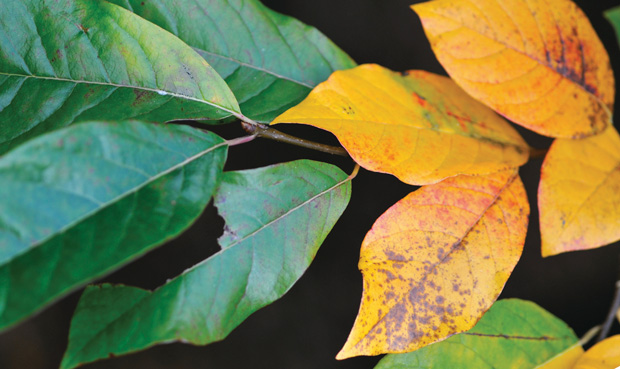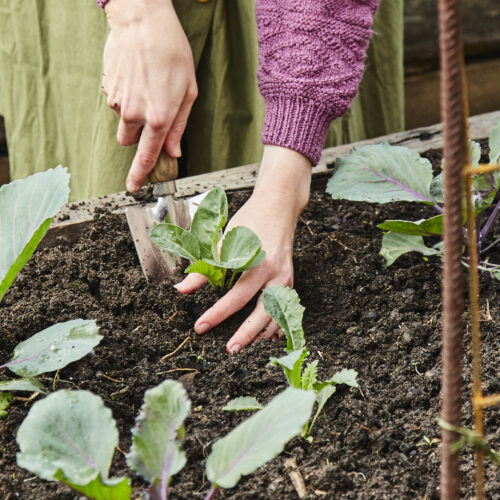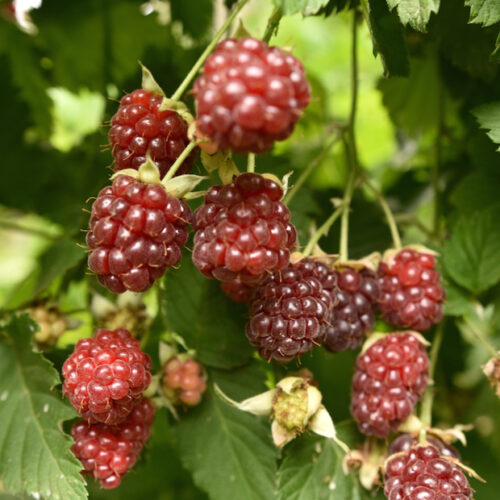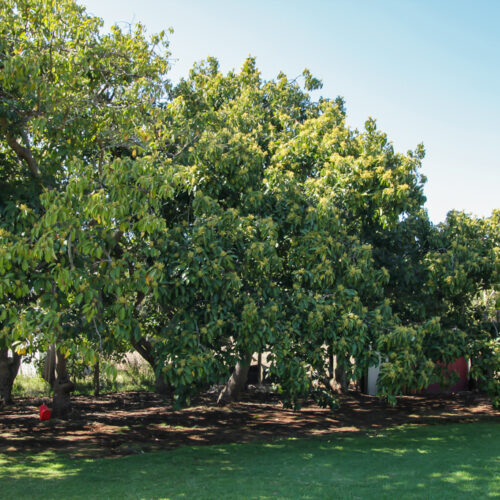Action diary for Autumn
2013-04-09T00:44:02+10:00
PHIL DUDMAN says autumn is action time in the organic garden and lists the must-do jobs.
Countrywide
- Check your soil pH before planting new season crops. Most vegetables prefer 6.5 to 7. If your reading is below that, add lime or dolomite. If it’s above, add powdered sulphur at suggested manufacturer rates. Water well and hold off planting for two weeks or so.
- Continue to water vegetables and fruit trees deeply, but increase the intervals between watering as temperatures start to cool.
- Cooling conditions are good for transplanting evergreen fruit trees and shrubs. Soak the roots a day before shifting, and keep the rootball moist but not wet in the new location. Shade the plant and apply an anti-transpirant spray such as Envy to the foliage to reduce moisture loss while the plant’s root system is regenerating.
- Plant spring onions wherever you live. Established seedlings save time and transplant readily. Water in with liquid seaweed.
- Spray grapes and cucurbits with milk solution at the first sign of powdery mildew attack. Mix one part pasteurised cow’s milk to 10 parts water and apply once a week in early morning. Re-apply after rain.
Tropical
- Put excessive summer garden waste to good use by making lots of compost, or pile it directly onto garden beds to give them a ‘no-dig’ makeover.
- Continue planting cucumber, watermelon, zucchini and corn. Set
- up a shade-cloth shelter over seedlings to protect them from hot sun and
- heavy downpours.
- Trim eggplant, okra and chilli bushes then feed and mulch to encourage fresh fruiting growth.
- Feed and water ginger and turmeric so they swell and fill their roots before a late autumn harvest.
- Limes and mandarins are ripening and ready for picking so watch out for fruit fly. Be sure to maintain baits and enclose individual fruit in fruit fly-proof bags. Bury damaged fruit half a metre deep to help reduce pest populations.
Subtropical
- Plant broccoli and other cabbages early, but watch out for larvae of cabbage white butterfly. Apply protective sprays of Dipel or Success, or cover crops with a vegie net.
- Spray pawpaws with wettable sulphur to protect foliage and fruit from winter diseases. Apply sulphate of potash and seaweed extract to build up natural disease resistance.
- Conditions are perfect for growing tomatoes in frost-free zones with fewer pest and disease problems than the warm season. So choose your favourite variety and get planting!
- Prune mango trees after harvest to keep them compact and manageable.
- Plant certified disease-free strawberries in April. Rejuvenate existing plants by cutting them back, fertilising, mulching and watering. Plants older than three years tire out and become less productive, so replace them with new runners.
Arid/Semi-Arid
- Plant long-maturing cauliflower and Brussels sprouts early. They need at least four to five months of cool conditions to mature.
- Treat dry and moisture-repellent soils with an organically certified wetting agent. This will make your watering far more effective and get your new season’s crops off to a good start.
- Look out for snails and slugs after autumn rains. Be diligent about removing what you can by hand and protect precious new seedlings with natural baits and traps.
- Plant citrus early into raised mounds of compost-enriched soil. They will settle in nicely before winter.
- Prune stone fruits lightly to tidy them up and keep them manageable.
- Shield valued plants from locust and grasshopper attack with barriers of protective netting.
Warm Temperate
- Launch into the new season with a quick crop of Asian greens, ready for picking in just six to eight weeks. Sow seed thicker than recommended and eat the thinnings as they grow.
- Shape edible fig trees by removing overcrowded and inward-growing branches. The white sap can irritate the skin so wear gloves and long sleeves.
- Take cuttings from tired and overgrown herbs to create new plants. Rosemary, thyme, sage, oregano and lavender strike readily now.
- Prepare soil well for planting garlic. Look for locally grown planting stock
- at farmers’ markets or contact mail-order suppliers.
- Citrus leafminer damage looks ugly, but most established trees can cope. Prune off some of the worst affected growth and to avoid future attack, make note to spray new growth with horticultural oil next summer.
Cool Temperate
- Dig in plenty of compost when sowing broad bean seeds. They will need a support – drive in four stakes around the border of the planting and string twine around the outside and through the middle.
- Protect pear and apple trees from codling moth by setting pheromone traps and fitting grease bands. Pick up spoiled fruit daily and bury at least half a metre deep to break the cycle of recurring attacks.
- Cut spent raspberry canes to ground level to encourage new growth.
- Empty compost bins to make way
- for autumn leaves. If you don’t have a bin, now is the time to set up a space to pile and compost leaves or use them as mulch on garden beds.
- Clean and sterilise preserving bottles and make the most of your excess summer fruits.






